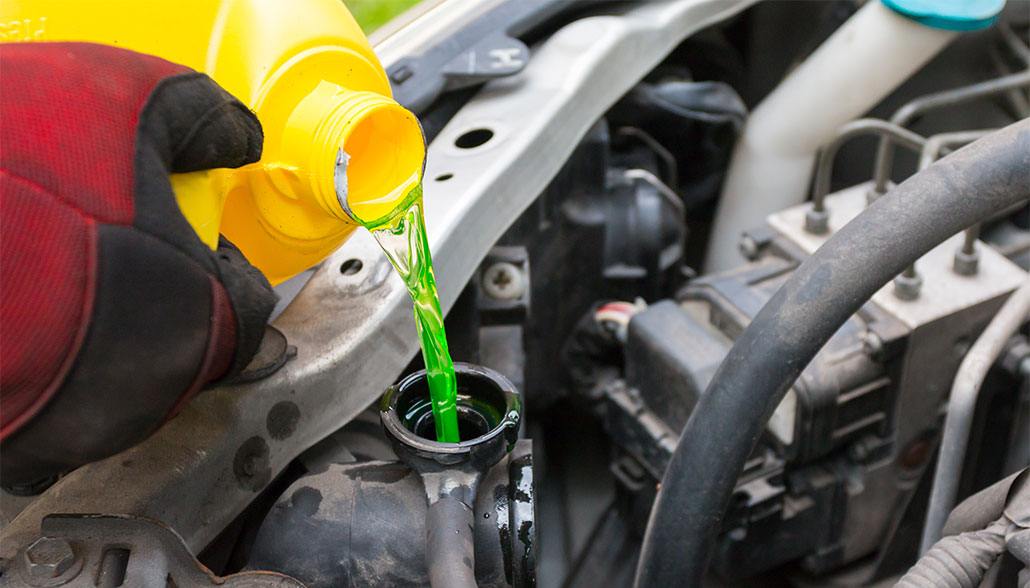How to Add Engine Coolant to a Car
# Introduction
Engine coolant, also known as antifreeze, is a crucial fluid that helps maintain a vehicle’s optimal operating temperature. It prevents the engine from overheating and freezing, ensuring smooth and efficient performance. Adding coolant to a car is a relatively simple task that can be performed by most car owners with basic tools and knowledge.
# Safety Precautions
Before handling engine coolant, it’s essential to take necessary safety precautions:
– **Wear gloves and eye protection:** Coolant contains chemicals that can irritate the skin and eyes.
– **Work in a well-ventilated area:** The fumes from coolant can be toxic if inhaled.
– **Allow the engine to cool:** Never open the coolant reservoir or radiator cap while the engine is hot, as pressurized coolant can spray out and cause burns.
# Materials Required
– Engine coolant (check your car’s specifications for the recommended type and amount)
– Funnel
– Gloves
– Eye protection
– Clean rags
– Optional: Coolant tester (to check coolant strength)
# Step-by-Step Instructions
**1. Locate the Coolant Reservoir:**
– Find the coolant reservoir, usually a translucent plastic container located in the engine bay. It may have a cap marked “Coolant” or “Antifreeze.”
**2. Check the Coolant Level:**
– With the engine cold, open the coolant reservoir cap carefully and check the coolant level. It should be between the “MIN” and “MAX” marks. If the level is low, it’s time to add coolant.
**3. Dilute the Coolant (if necessary):**
– Most manufacturers recommend using a 50/50 mixture of coolant and water. If your coolant is concentrated, dilute it with an equal amount of distilled water in a separate container.
**4. Use a Funnel:**
– Insert a funnel into the coolant reservoir opening. This will help prevent spills and make it easier to pour coolant.
**5. Add Coolant Slowly:**
– Gradually pour diluted coolant into the funnel. Avoid overfilling the reservoir as it can create air pockets and restrict coolant flow.
**6. Check the Coolant Level Regularly:**
– Keep checking the coolant level as you pour. Once it reaches the “MAX” mark, stop adding coolant.
**7. Replace the Cap:**
– Tighten the coolant reservoir cap securely.
# Additional Tips
– It’s advisable to flush the entire cooling system periodically, usually every 2-3 years or as specified in your vehicle’s maintenance schedule. This involves draining the old coolant and replacing it with fresh coolant and water.
– Use the correct coolant type and dilution ratio recommended by your car’s manufacturer. Mixing different types of coolant can cause compatibility issues and reduce its effectiveness.
– If you encounter any leaks or notice a significant drop in coolant levels, seek professional help immediately.
# Conclusion
Adding engine coolant to a car is a simple and important maintenance task that helps keep your vehicle running smoothly. By following the above steps and taking necessary precautions, you can ensure your engine stays at the optimal temperature and protected from damage. Remember, regular maintenance and timely coolant replenishment are crucial for extending the life of your car’s engine and preventing costly repairs.





